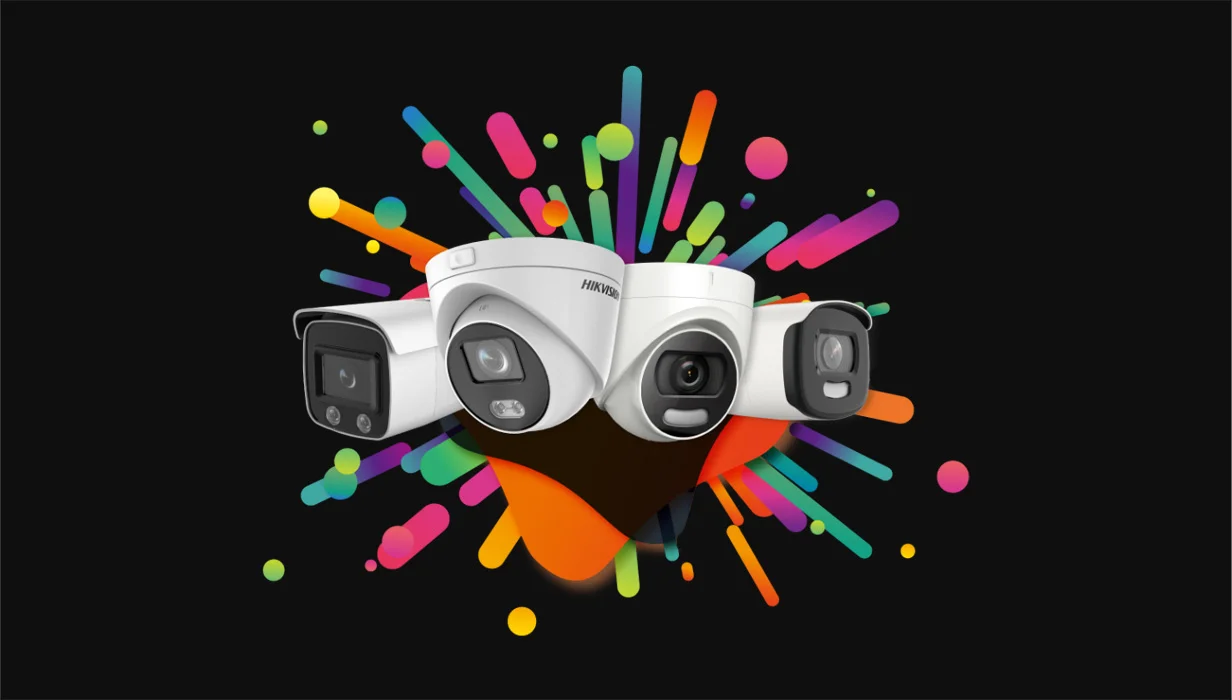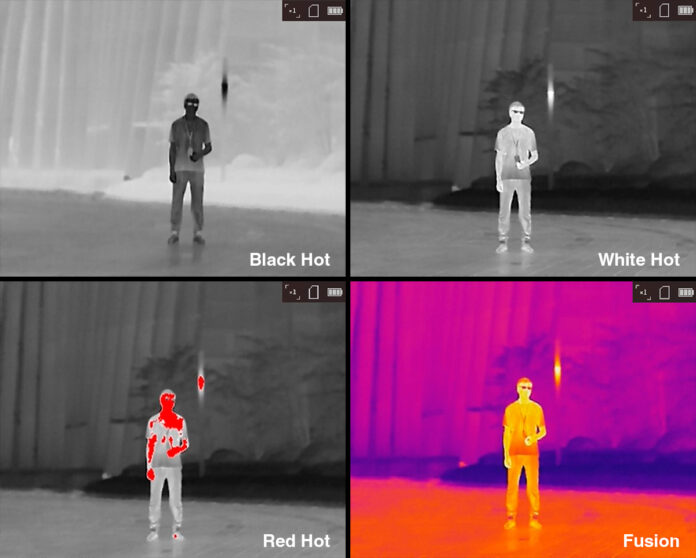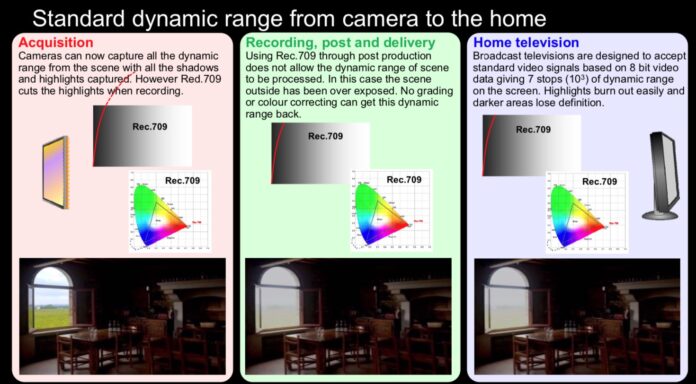In the dynamic realm of visual technology, pursuing higher resolutions has been a relentless journey, evolving from 480 pixels to 720, then 1080, and now an astounding 4K.
Yet, it’s not just about pixel count; the nocturnal realm has also evolved. Night vision was once confined to monochrome landscapes. However, technological strides have enabled us to capture vivid, full-colour imagery even under the shroud of darkness. Join us as we delve into the remarkable advancements reshaping how we perceive and record the world around us.
The Benefits of Colour Imaging in CCTV

To understand why colour imaging matters, it would help to expound upon the benefits of colour in any similar field where recognition and identifying people or things is vital. Some advantages colour presents in CCTV cameras include helping identifying minuscule details hidden in a video. Such benefits can provide immense leverage to business owners, individuals, governments, police and others who rely upon it.
Let’s take a deeper look at a few benefits colour offers. The dynamic breakdown of each helps to give us a better view of the entire picture to understand how beneficial and advantageous colour imaging is.
The Benefit of Enhanced Identification
Colour imaging provides clear advantages over Black-and-White imaging when it comes to its usefulness in helping to identify people and objects. A business or individual’s choice between colour or B&W imaging could depend on various factors, including the specific application and environmental conditions. Here’s how colour imaging imaging helps to enhance the process of identification:
● Enhanced Detail: Colour cameras capture more information and detail compared to B&W cameras. This can be particularly useful when identifying objects that have distinct colours, patterns, or markings.
● Realistic Representation: Colour imaging provides a more realistic representation of the scene, making it easier to recognise objects based on their natural colouration.
● Enhanced Situational Awareness: In certain situations, colour can provide additional context and situational awareness, which can aid in identifying threats or suspicious activities.
The choice between colour and B&W imaging in CCTV may depend on the specific requirements of the security system and the environmental conditions. Colour imaging is the preference when detailed colour information is vital for identification, especially in well-lit environments.
While B&W imaging was once favoured for low-light or nighttime security, since the nocturnal abilities of colour imaging have developed, it has become a more popular choice over B&W across the board. This brings us to another related benefit which colour imaging presents in security.
The Importance of Colour For Detail and Context

It is a fact that colour imaging in CCTV provides more details and image context. It does so primarily through the capture of additional visual information related to colour. Here’s how colour imaging enhances these aspects:
Enhanced Detail
● Colour cameras capture a broader spectrum of colours and shades, allowing for the representation of finer details in the scene.
● Colour imaging can reveal nuances in textures, fabrics, and materials that may not be as apparent in black-and-white images.
Improved Object Differentiation
● Colours help differentiate objects or elements within a scene that might appear similar in grayscale or black-and-white images.
● Colour can be especially useful in identifying vehicles, as it allows the recognition of the vehicle’s make, model, and colour, which can aid in investigations, tracking or other matters of public safety.
Realistic Representation
● Colour imaging provides a more natural and realistic representation of the scene, making it easier for viewers to understand and interpret what they are seeing.
● This realism can be particularly valuable in situations where colour coding is essential for quick decision-making, such as in traffic management, retail, or industrial settings.
Contextual Information
● Colour adds context to the scene by providing information about the environment and objects within it. For example, green grass, blue skies, or red stop signs provide visual cues that help viewers understand the context of the CCTV footage.
● In some cases, identifying colours in the environment may be crucial, for example – distinguishing hazardous materials or safety signage in industrial settings.
A More Effective Method of Evidence Preservation

Legal proceedings and various elements of that process, such as trials and other necessary parts of the legal system, can take time to begin and develop. It is important that during that time, evidence is preserved and maintained in its most authentic state.
Colour imaging in recorded video helps to provide the most accurate depiction of all aspects of the events captured on the video. The more detail provided through colouring information, the better for a legal process that might take years to unfold. Colour imaging takes the focus off of fallible elements like human memory. Therefore, colour imaging presents a more effective method of evidence preservation.
Bringing it All Together
The importance of colour imaging is evident through the points laid out in this light investigation into its advantages and benefits. The benefit of identifying important details rendered in processes like the colours of vehicles, or signage is crucial for people and organisations of today.
Colour imaging has also impressively evolved. The technology has grown to allow recognition in low lighting and other challenging conditions and provide insights through the integration of AI, which all suggests more benefits could be on the horizon.









